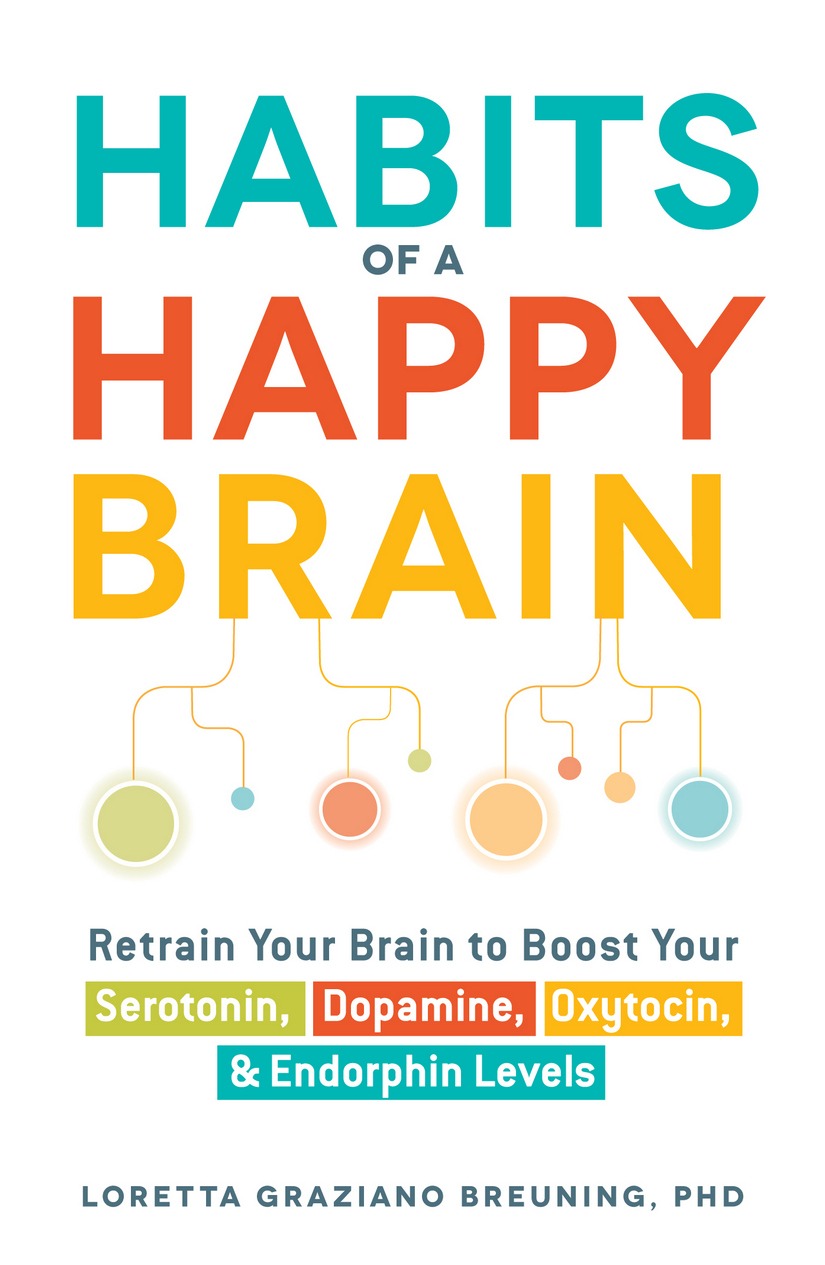Dopamine
I can get it
Dopamine is the good feeling that a reward is at hand. It’s your brain’s signal that you are about to meet a need. Dopamine motivates the investment of energy in steps toward rewards. Each step closer stimulates more, but the dopamine stops once the need is met. To get more, your brain scans for the next opportunity to meet a need. Dopamine motivates constant survival action by making it feel good. Each brain defines rewards with neural pathways built from its own past dopamine surges.
In the state of nature, you had no refrigerator so you had to forage constantly to survive. You had to strive for social opportunity to keep your genes alive as well. Dopamine made it happen by triggering excitement when you see a new way to meet a need. It motivates you to approach the reward in anticipation of more good feelings. Once the need is met, the good feeling stops. You have to meet another need to enjoy more. This is why our ancestors kept seeking, and why we’re here today.
Your dopamine may flow for reasons that are hard to make sense of. It can motivate you to seek rewards that you’re better off without. When you know how you wired it from past experience, you can build new pathways for more sustainable rewards. But remember that it evolved to do a job, not to flow all the time for no reason. When your dopamine stops, it’s not a crisis. It’s just a neutral space for surveying your options.
Dopamine in 1 minute (as relevant to love). Credit: Convicts
Complete details on how to do this are in my book, below. A free introduction is in my 5-day happy-chemical jumpstart. (Click the newsletter monkey in the sidebar to the right.) A fast introduction is in this blog post, Score! Dopamine! Repeat! Or Not: Why goals don’t bring satisfaction. And my 5-day Happy Chemical jumpstart has a great introduction to dopamine – it comes in your email when you sign up for my newsletter. (see sidebar)

Habits of a Happy Brain
Retrain your brain to boost your serotonin, dopamine, oxytocin
Your happy chemicals are inherited from earlier mammals. When you know how they work in the state of nature, you can design sustainable ways to turn them on today. Here’s a plan to do it in 45 days, tailored to your unique brain. You can free yourself of unwanted habits and find healthy ways to enjoy dopamine, serotonin, oxytocin and endorphin.

Habits of a Happy Brain
Retrain your brain to boost your serotonin, dopamine, oxytocin
Your happy chemicals are inherited from earlier mammals. When you know how they work in the state of nature, you can design sustainable ways to turn them on today. Here’s a plan to do it in 45 days, tailored to your unique brain. You can free yourself of unwanted habits and find healthy ways to enjoy dopamine, serotonin, oxytocin and endorphin.